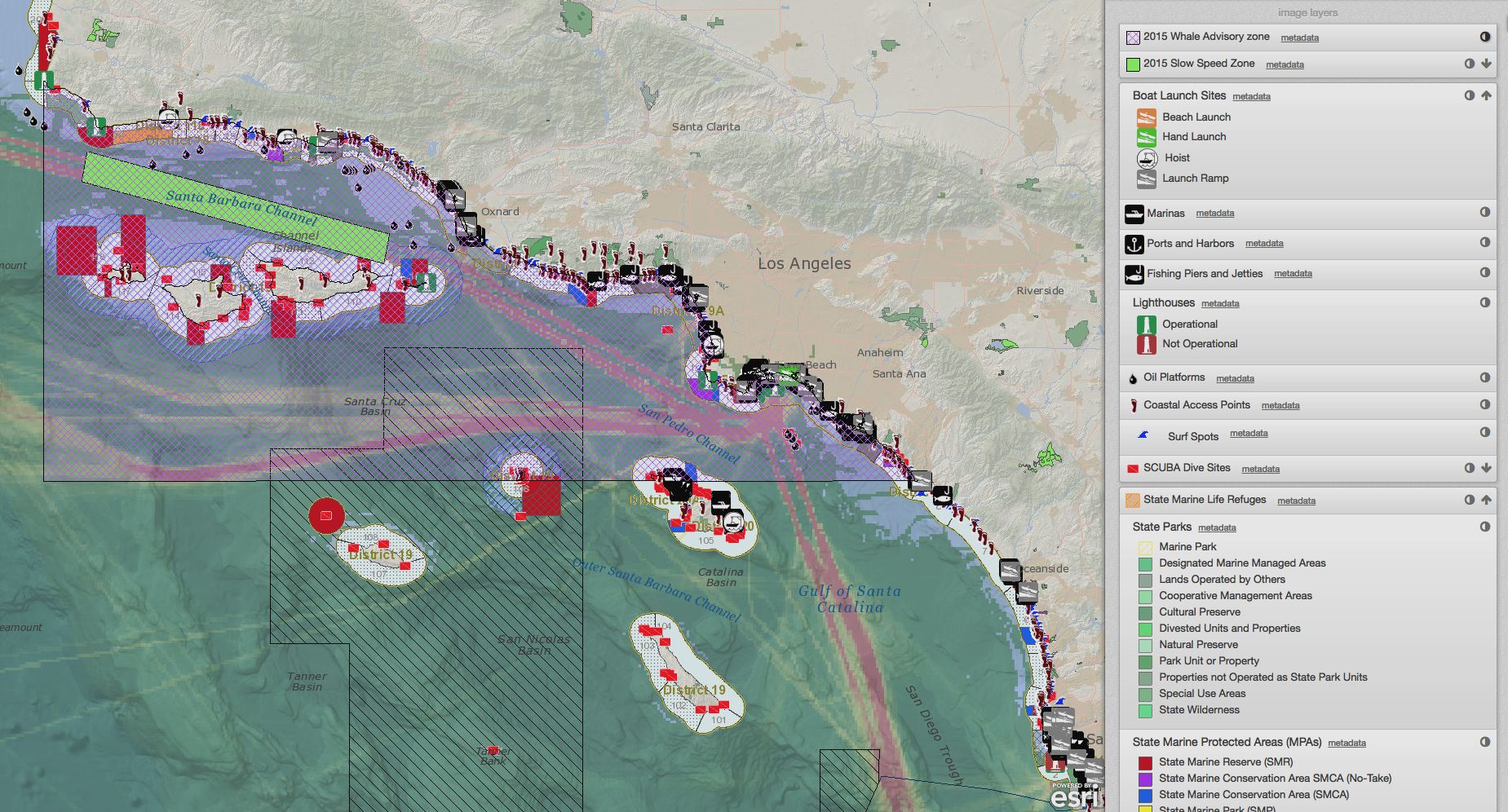SeaSketch 2.0
/SeaSketch 2.0 is here! Previously codenamed “SeaSketch Next”, the new, free and open source platform is now accessible at www.seasketch.org. All projects hosted in the previous version can still be accessed via legacy.seasketch.org.
The latest version is a complete re-write of the application, using free and open source technologies from the ground up. Users will notice significant performance enhancements in map rendering and in generating reports. There are also a number of new features including:
An open geoprocessing framework for developers to create their own analytics and reports.
Data hosting and cartography tools for project administrators. You can now upload datasets directly into SeaSketch and use our cartography tools to style your data.
Improved map bookmarking in forums. Forum messages can contain one or more map bookmarks which record the map state, including extent and active data layers. Moreover, the bookmarks store an image of the map in the SeaSketch database so that if the underlying data layers change, you will have a record of how the map looked when bookmarked.
Offline capabilities for surveys allow facilitators to work in areas with little or no Internet connectivity.
Support for tablet and mobile devices.
A dramatically improved survey tool builder. With new forms and attributes, combined with support for mobile and tablet devices, the survey tool stands to be the most powerful survey tool build specifically to support marine spatial planning.
Go ahead and create your own SeaSketch project today! Follow this link to create your project and be sure to reference our help documents to get started.












